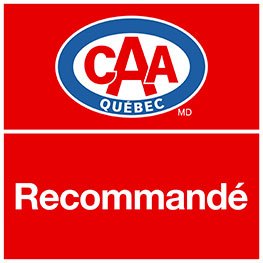Concrete Resurfacing Service
Concrete surfacing: the solution to cracking
Concrete resurfacing is an effective way of breathing new life into a worn concrete surface. Investing in concrete surfacing can significantly improve the appearance and durability of your existing concrete surfaces.
At Prostationnement Inc, we are experts in concrete resurfacing and crack repair.
Our dedication to excellence and solid expertise in concrete make us your first choice for restoring your concrete surfaces to their original durability and aesthetics.

Our Concrete Surfacing Services
Urethane crack resurfacing
Urethane crack resurfacing is one of the most popular solutions for repairing concrete cracks. Urethane is a tough, flexible product that can be applied to cracks to seal them and prevent them from growing. The benefits of urethane crack resurfacing include a durable, water- and weather-resistant repair. It also provides a smooth, uniform finish that enhances the appearance of the concrete surface.
Why does concrete deteriorate?
Concrete can deteriorate over time due to a variety of factors, including too much water in the concrete mix, which weakens its structure. Common signs of concrete deterioration include cracks, chips and pits.
Several factors contribute to this deterioration:
- Excessive moisture: Prolonged exposure to moisture can weaken the structure of concrete, causing cracks and spalling.
- Freezing and thawing: Freezing and thawing cycles can put stress on concrete, leading to cracking.
- Continuous use: Concrete surfaces subjected to frequent use, such as driveways and garages, can wear down over time.
- Mix quality: A poor-quality concrete mix can make the material more vulnerable to deterioration.
Concrete Resurfacing: What is it?
Concrete surfacing is a technique whereby a layer of specially formulated material is applied to the existing concrete surface. This layer, called a “surfacer”, is designed to fill cracks, chips and pits, while creating a uniform, aesthetic finish.
Concrete surfacing can be used to repair, renovate and refresh a variety of concrete surfaces, including sidewalks, patios, driveways and garage floors.
Concrete resurfacing stages
1. Preparing the concrete surface
Before you start surfacing, it’s essential to properly prepare the concrete surface. This involves removing any existing paint or sealant, as well as thoroughly cleaning the concrete surface to remove dirt, mould and algae. The use of a gas-powered pressure washer is recommended for this task.
2. Repairing damaged areas
While the concrete surface is still wet, you can prepare the surfacer by mixing one part water with seven parts surfacer in a 5-gallon bucket. Fill the pits with this mixture and smooth them with a finishing trowel. Wait until the product has hardened sufficiently to walk on it.
3. Applying the Surfacer
Before applying the surfacer, be sure to fill the joints with foam sealing tape and moisten the surface if necessary. Surfacer has a pot life of around 20 minutes, so mix only enough to cover the area you’re treating. Pour and spread evenly over the concrete.
4. Finishing the Surfacing
Use a trowel to smooth the surfacer to a thickness of 1/8 to 1/4 inch. For a non-slip finish, brush the surface with a nylon brush. Remove the foam sealing strip after 20 minutes and wait 6 hours before walking on it.






